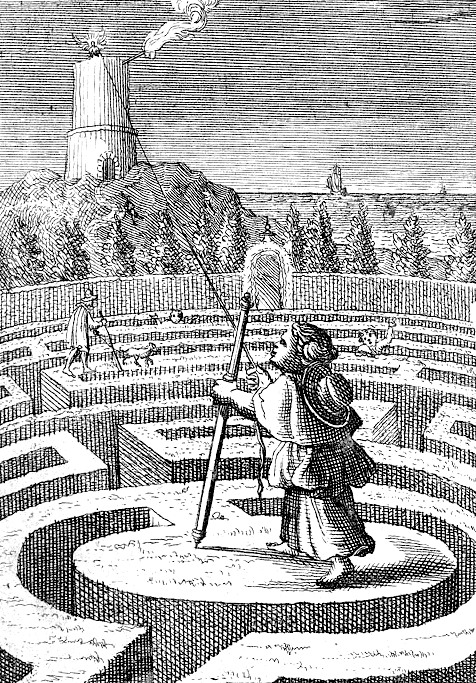
Life is pretty bland today! Indeed, we’re the cozy spectators of
homogenization through globalization, pushed by a series of ephemeral
trends, one dying after another, and carried by consumer society. It’s
as if the cultural vibes all seem to walk in the same direction. What is
this direction? Where did novelty go, have countercultures disappeared? Yet,
they were omnipresent, bubbling and thriving, in yesteryears.
What is a counterculture anyway?
🙘
A counterculture is a mode of thinking created, instantiated, through behavior and meaning making. By adopting it, one embraces an alternative system of meaning for both society, culture, and the self. It is, by definition, counter to the mainstream culture, replacing and optimistically rejecting its status quo because of a disagreement regarding a sudden loss of values.
Countercultures stand in contrast with subcultures. They deviate from each others over a few criteria: subcultures are more fragmented, narrow, niche, and thin. Additionally, they aren’t all-encompassing, nor involve innovative meaning-making, and are targeted only at a few specific aspects of life that is important to a distinct audience. Chiefly, subcultures eventually get assimilated in the mainstream culture, along with the Overton window that moves on this singular topic. Hence, they evolve similar to trends, lifestyles, and aesthetics.
Endorsing novelty incurs a cost that cannot be hoisted by everyone. This cultural shift can only breathe through fringe figures that can afford it. Indeed, a sacrifice needs to be given to attain this new system, it’s akin to a luxury behavior and belief. From elites, bourgeois, renegades, homeless, avant-garde, etc… all are looking for antidotes away from the commonly agreed framework of the establishment.
Nonetheless, everyone wants to be part of something bigger than themselves, they have a desire for distinction, change, action, justice, peace, and progress. Despite this, the mainstream culture stays attractive and protective of its ways. Like a living body, it defends itself by offering and manipulating people into fake revolts, which are distributed and sold as packages that only exist to reinforce the state of affairs. A trick to dilute minds through subcultures and make people think they’re part of a counterculture.
So why aren’t there more prominent countercultures today, are there any? Is there now only a single culture that is fragmented into an infinite amount of subcultures? What is mainstream culture today?
🙘
Culture is shaped and defined by the medium used for information
exchange — what people use to interact. It’s notable to mention that
actual power is about controlling the means by which lesser power is
displayed. Accordingly, power today lies in tech hegemony. The platforms,
be it real entities or virtual ones, are the ones in which the adherents
to this culture are bound to get their fill of social essences and
status seeking.
To be countercultural is by definition to be counter-mainstream, to be
counter-hegemonic. Thus, in an era of tech hegemony one has to betray the
oligarchic online platforms, divert, or abuse them to be countercultural.
The internet giant platforms are overarching powerful deities and
every new mainstream cultural phenomenon happens under their gaze and
is distributed by their emissaries. At first glance it appears that
there isn’t any majority culture out there, no monoculture, a free for
all melting pot. However, in reality, the subtle differences on these
platforms are subcultures that got absorbed into a single ecosystem that
follows the same rules.
As we previously said, the need for change, individuation, expression,
differentiation, and identity is captured as resource and sustenance
and growth for the ecosystem. Indeed, the previous old countercultures
that were wars of personal expression, ideology, and identity are
used as personal branding, an alibi, to drive engagement and lucrative
profit. “Self-fulfillment as a product.”
The simulated diversity of opinions, and the unwillingness to dismiss
the advantages of being a loyal servant to this cultural machine, thwart
genuine connection and rebellions against it. The age of hyperconnectivity
is one in which we are all connected to machines but not to one another.
What’s the dominant cultural norm brought by this? What does it mean to be mainstream today?
🙘
YES TODO
YES TODO
YES TODO
YES TODO
YES TODO
∎
If you want to have a more in depth discussion I'm always available by email or irc.
We can discuss and argue about what you like and dislike, about new ideas to consider, opinions, etc..
If you don't feel like "having a discussion" or are intimidated by emails
then you can simply say something small in the comment sections below
and/or share it with your friends.